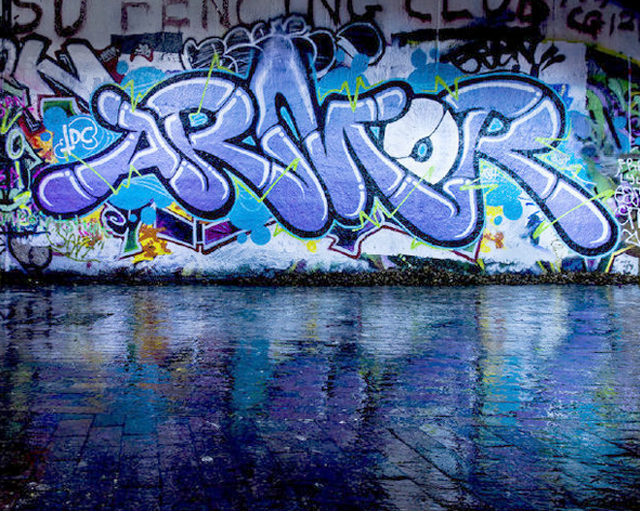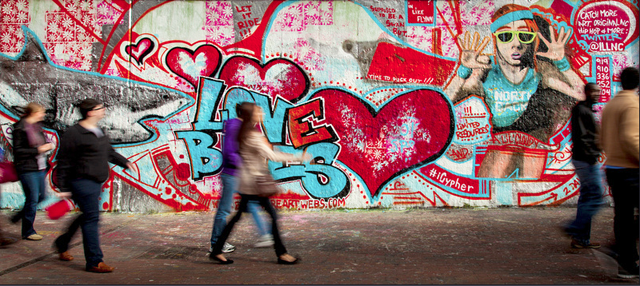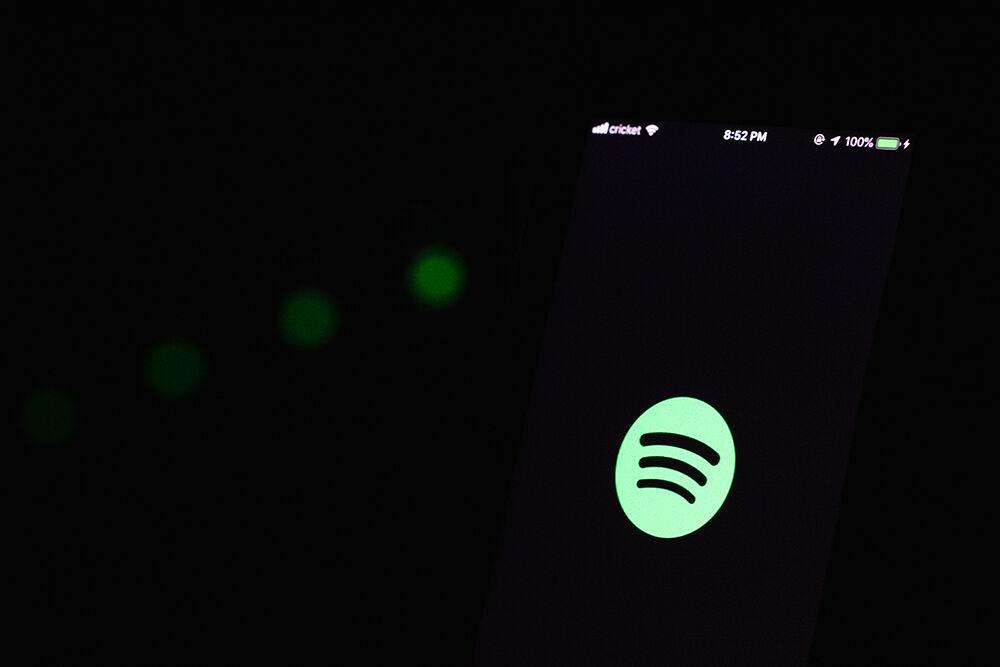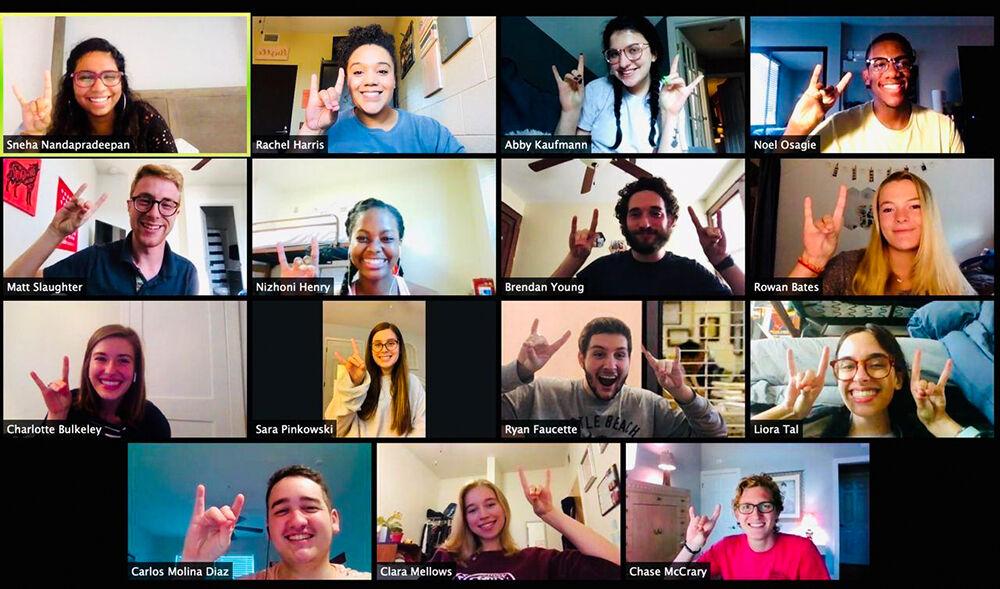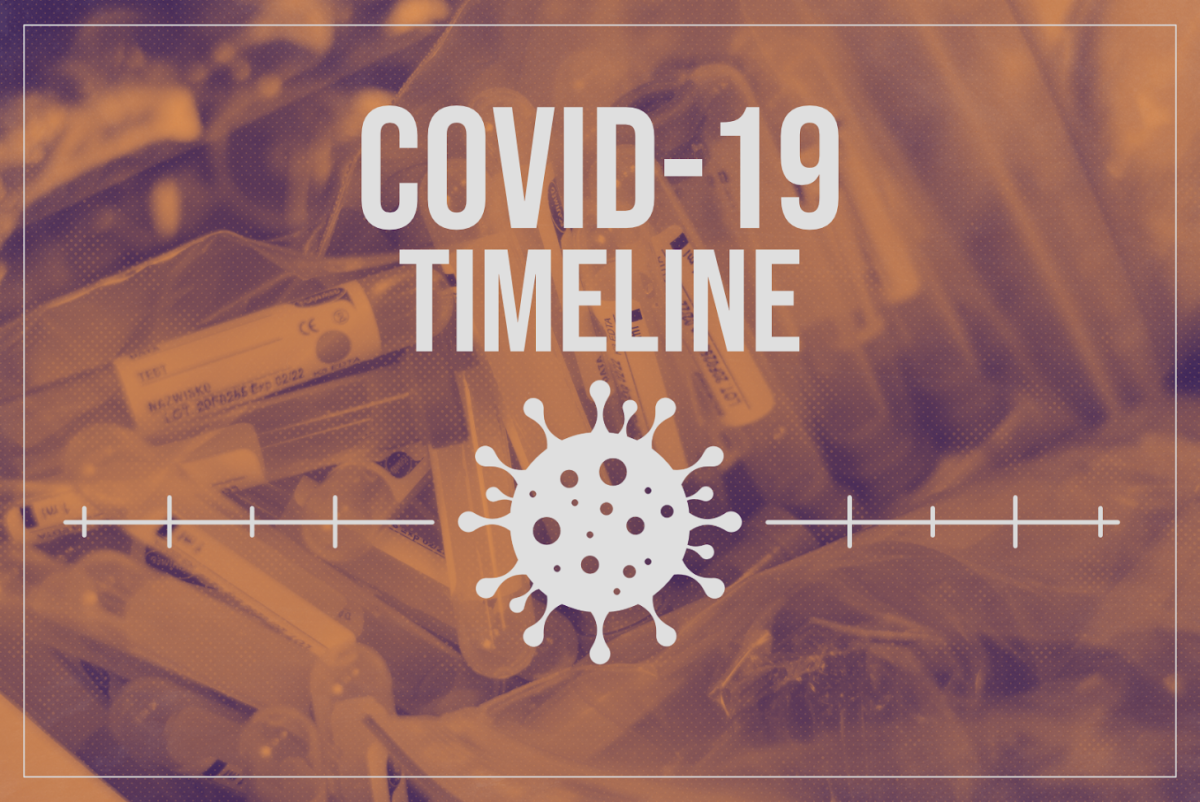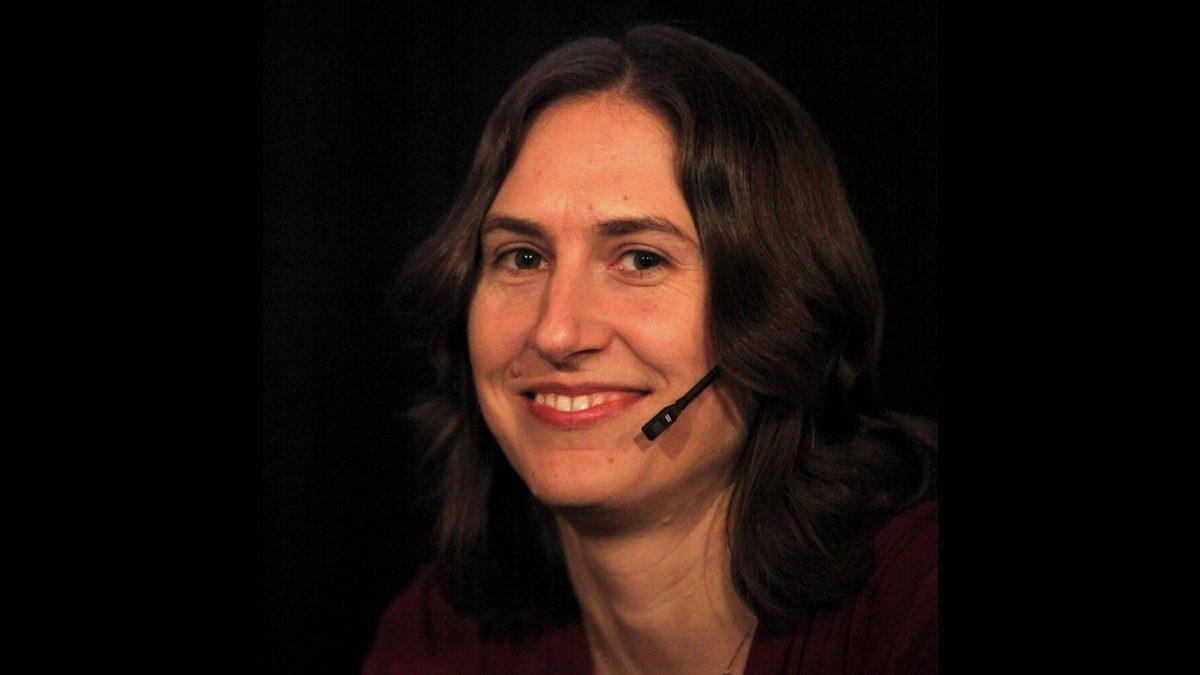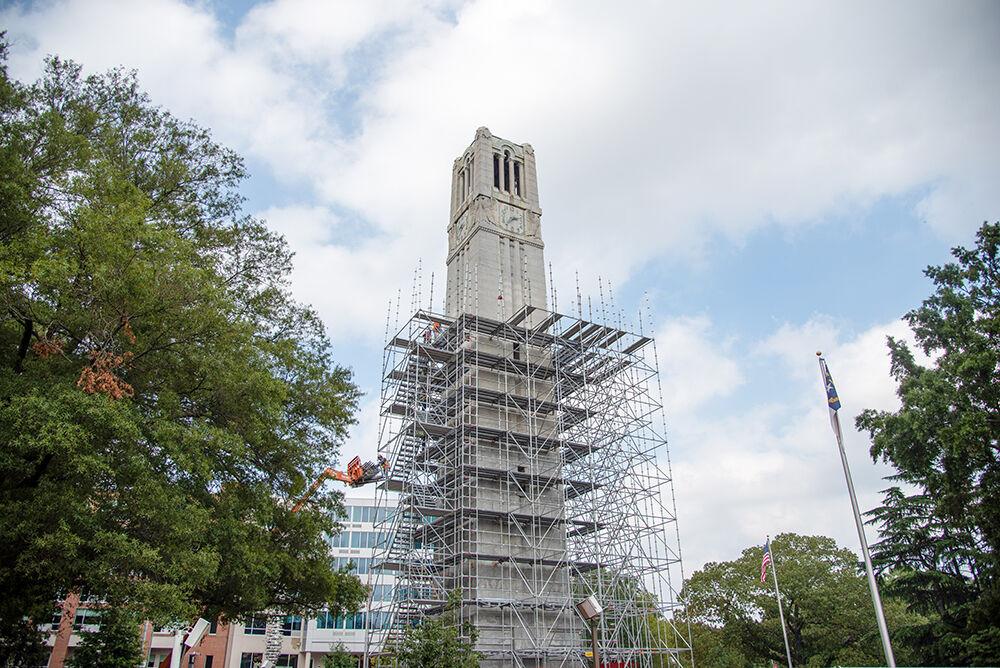A little more than a year ago, Mike Ligett, a lecturer in electrical and computer engineering, said he found the Free Expression Tunnel an extremely frustrating place.
“I would stop and look, saying, ‘That’s really cool! I wish I had my camera,’” Ligett said.
He became so enamored with the tunnel’s splattered collage of proclamations, murals, announcements, graffiti and street art that he began carrying his camera to class and taking pictures of the tunnel as it changed each day.
Since then, Ligett has taken nearly 4,000 photos of the tunnel. From those photos, Ligett chose 27 for an exhibition titled “Free Expression.” at Roundabout Art Collective off Oberlin Road in April.
Ligett said he used to pass through the tunnel every Tuesday and Thursday afternoon after teaching on Main Campus. Although he taught on Centennial Campus immediately after, he still found himself passing through the tunnel Monday through Thursday.
“I would still miss some things,” Ligett said. “I would show up on a Monday and say, ‘Man I wish I was there, that’s great, but now it’s half-gone.’’
That, Ligett said, was when he began going to the tunnel on the weekends and shooting photos in the middle of the night. He said he soon found himself there “five, six, seven, eight times in a week.”
Ligett said he was constantly amazed at the changes he observed after even the briefest of absences.
“I would be there at eight at night and shoot four or five things, and then I’d wake up at three in the morning and go back,” Ligett said. “Every single thing that I had shot at night was already painted over by three in the morning.”
Carrying his own lights at night, Ligett illuminated the tunnel so he could get the picture he wanted. Ligett said he found it problematic, at first, to set up and shoot something during the day with students flowing through the tunnel.
“The cool thing is there’s this 90-minute rhythm that we teach in,” Ligett said. “The tunnel fills up with people, and then it will be quiet for about 40 minutes or so. I learned to try and shoot pictures during that quiet time. I try to get pictures with people in them sometimes, but some of the artwork I want to shoot on its own.”
Ligett said despite his 40 years as a photographer, he’s never found a subject quite like the Free Expression Tunnel.
“At first I would just walk through the tunnel to get to class, and I have to admit, the first few times I wasn’t paying any attention to what was on the walls,” Ligett said. “Then every once in a while you’d see this just-stunning piece -– maybe it’s on the big wall, maybe it’s on the south side, or maybe somebody takes the time to really paint something unique on the inside.”
Ligett spoke of the talented artists he’s been fortunate enough to watch and talk to, artists like Dakota Bedell.
“[Bedell] is just an incredible artist,” Ligett said. “I was there working one night after being there in the afternoon, [and] he had been painting for four or five hours. I ended up combining about 14 or 15 shots in the final print. It’s about a five-foot-long print, and it’s got a dozen shots, maybe, of the piece of work and him. I super-imposed a shot that I took of him the afternoon before on top of it.”
Ligett said he’s come to understand that the better work in the tunnel stays the longest.
“Everyone who paints is an artist,” Ligett said. “They almost never paint over what we might consider a mistake or what they consider a mistake. It’s a great opportunity and a great medium to repaint, repaint and repaint to get it perfect. Most of the artists I see will just go at it once and might step back saying, ‘OK, that’s not so good, but I’m going to keep going,’ and they just refine their technique as they go.”
Ligett described a tunnel culture where the artists, techniques and actual pieces all intermingle and coexist together.
“It has a very unique vibe and culture, and people seem to be freer,” Ligett said. “I’ll be in there, and obviously I’m a senior citizen, but the artists have no hesitation talking to me or opening up and answering questions. If I saw the same people walking down the street and tried to engage them in conversation, it might be different, but in the tunnel it does seem to be a culture of freer expression and open attitudes.”
Ligett called the tunnel a “happenin’ place,” and has a number of stories about various encounters he’s had there. As one example, Ligett said he came across what he delicately described as the “extremes of the male – female relationship” as well as a marriage proposal.
“I just want to make sure that we tell the story of the tunnel to anybody who has not had the opportunity to walk through it and taken the opportunity to really use it,” Ligett said. “The students who walk through it every day … I just hope they’ll stop and really take a look at it.”
Mike Ligett, a photographer and lecturer at N.C. State, has taken nearly 4,000 photos of the Free Expression Tunnel, including the photo above.


